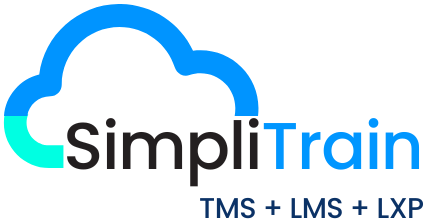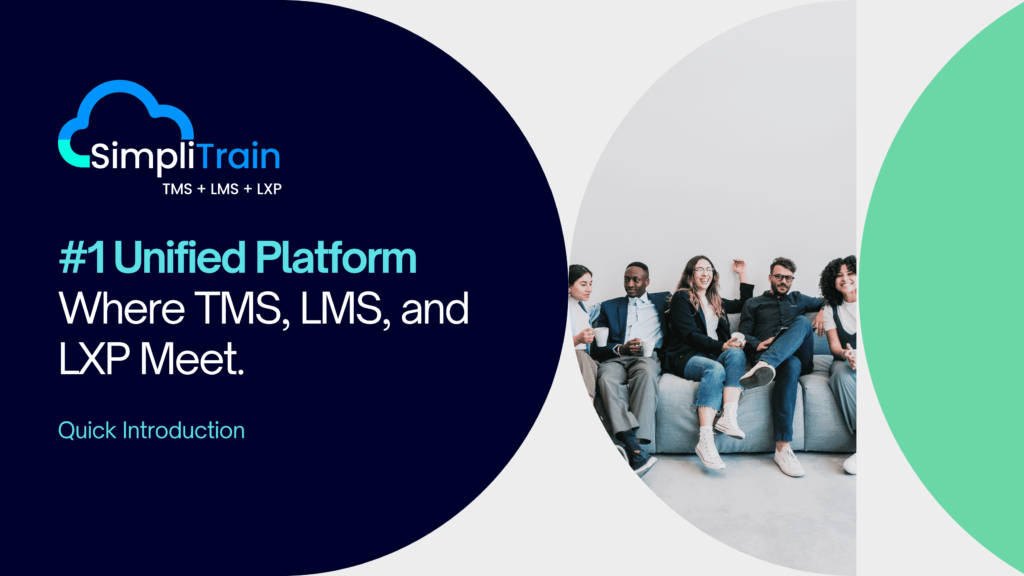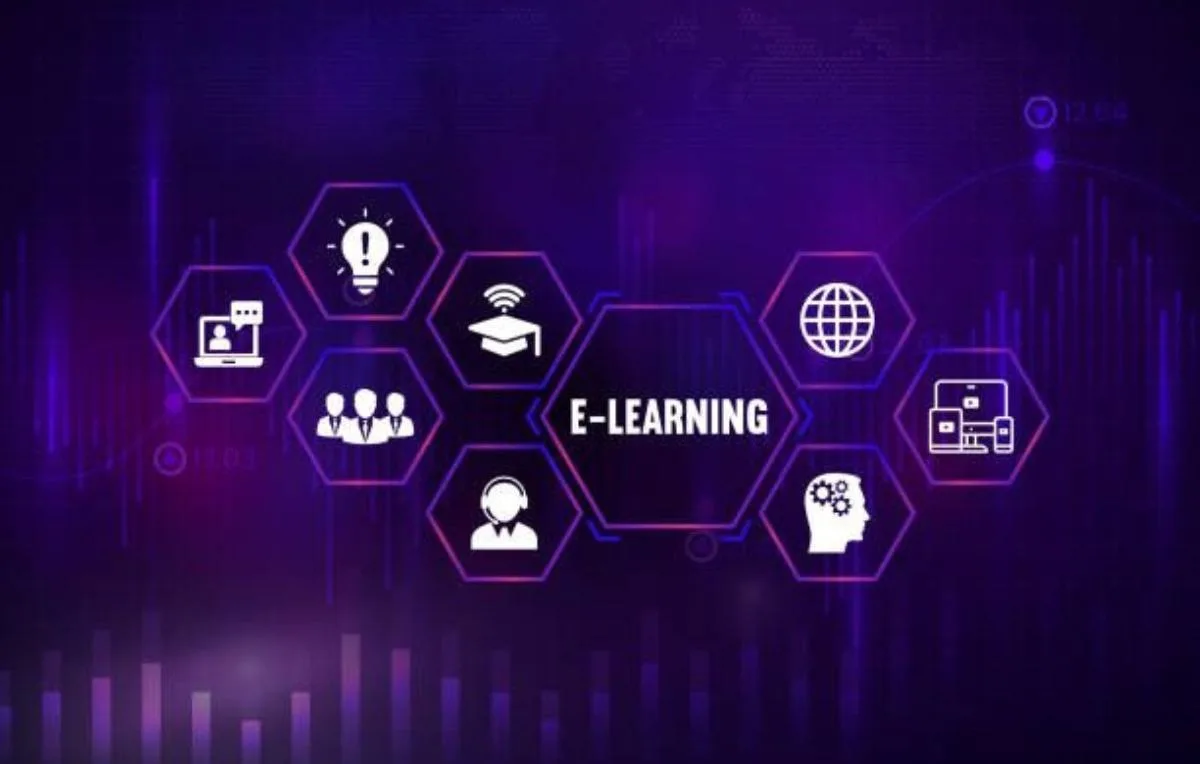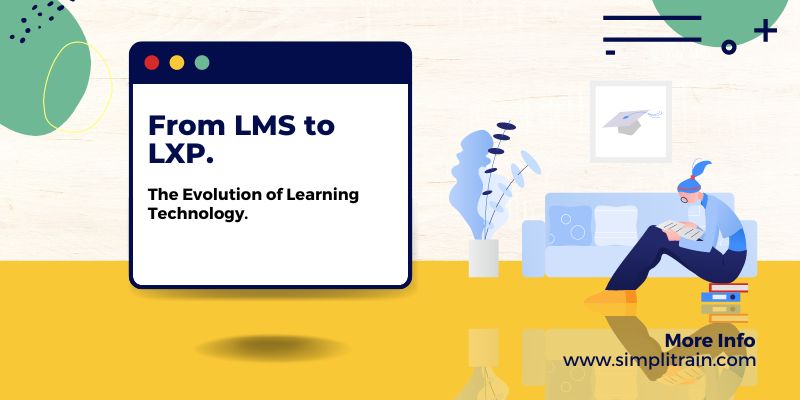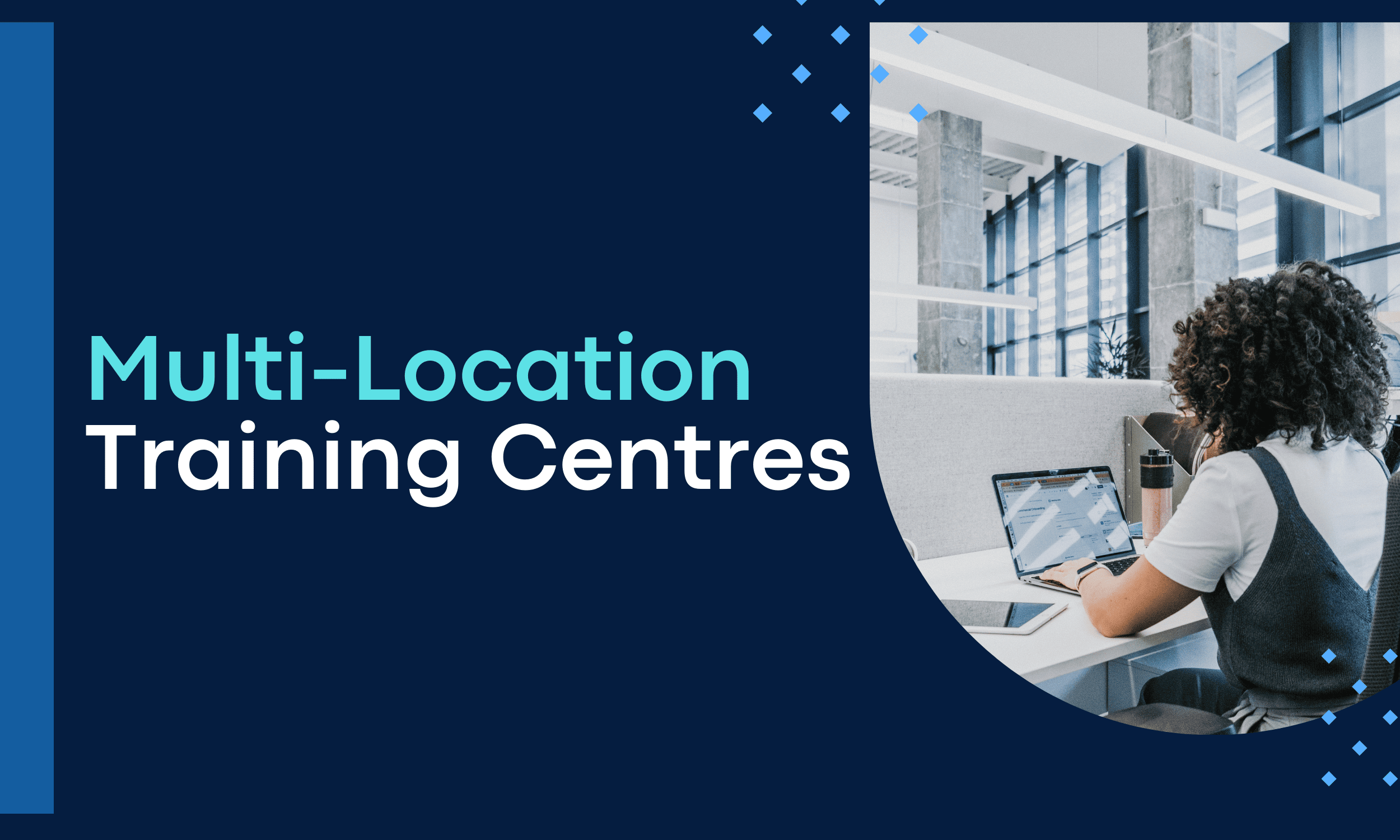The ability to efficiently manage and deliver training across diverse teams, geographies, and formats has become a strategic priority. This is where the integration of a Training Management System (TMS) and a Learning Management System (LMS) into a unified learning platform comes into play. This article explores why organizations need a unified learning platform, how it can transform training and development, and what to consider when implementing such a solution.
The Need for a Unified Learning Platform
The traditional approach of using separate systems for managing training logistics (TMS) and delivering educational content (LMS) has served organizations well in the past. However, as the complexities of corporate training increase, the limitations of this fragmented approach become more apparent. A unified learning platform that integrates TMS and LMS capabilities addresses these challenges head-on by providing a comprehensive solution that streamlines processes, enhances the learner experience, and offers valuable insights.
Organizations that have integrated their TMS and LMS report a 22% increase in training efficiency and a 20% reduction in administrative overhead.”
What is a TMS and LMS?
Before diving into the benefits of integration, it’s important to understand the core functions of a TMS and LMS.
Training Management System (TMS)
A TMS is primarily designed to handle the administrative and logistical aspects of training. This includes scheduling sessions, managing registrations, tracking attendance, and coordinating resources such as trainers and venues. Essentially, a TMS ensures that all the behind-the-scenes details of training are handled smoothly.
Learning Management System (LMS)
An LMS, on the other hand, is focused on delivering and managing educational content. It provides a platform where learners can access courses, assessments, and other learning materials. LMS platforms are essential for e-learning initiatives, enabling organizations to deliver training at scale across different locations and time zones.
Why Integrate TMS and LMS?
1. Streamlined Operations
One of the most compelling reasons to integrate TMS and LMS is the operational efficiency it brings. By consolidating training management and delivery into a single platform, organizations can eliminate redundancies, reduce manual errors, and speed up the training process. This integration allows for a seamless flow of data between scheduling, content delivery, and tracking, reducing the administrative burden and freeing up resources for more strategic initiatives.
With a unified platform, organizations can cut down on duplicative data entry, reducing the potential for errors and inconsistencies.”
2. Enhanced Learner Experience
A unified learning platform offers a more cohesive and user-friendly experience for learners. Instead of navigating between different systems for registration, course access, and progress tracking, learners can interact with a single, integrated platform. This streamlined experience enhances engagement, reduces confusion, and increases the likelihood of training completion.
Studies show that learners are 30% more likely to complete a course when they have a seamless, integrated experience compared to when they use fragmented systems.”
3. Improved Data and Insights
When TMS and LMS are integrated, all training-related data is centralized, enabling more comprehensive analysis and reporting. Organizations can track learner progress, assess the effectiveness of training programs, and identify areas for improvement with greater accuracy. This data-driven approach allows for continuous refinement of training strategies, leading to better outcomes over time.
Access to consolidated data helps organizations identify skill gaps more accurately and tailor their training programs to address those needs.”
4. Cost Efficiency
Maintaining separate TMS and LMS platforms can be costly, not only in terms of software licensing but also in the resources required to manage and maintain two systems. A unified learning platform reduces these costs by providing a single solution that meets all training needs. Additionally, the reduction in administrative tasks and improved efficiency translates to cost savings that can be reinvested in other areas of the organization.
5. Scalability and Flexibility
As organizations grow and their training needs evolve, a unified learning platform offers the scalability and flexibility to adapt to these changes. Whether it’s expanding the range of courses offered, accommodating a larger learner base, or integrating new learning technologies, a unified platform can easily scale to meet the demands of a growing organization.
Organizations with integrated platforms report greater flexibility in responding to changes in training needs and learner preferences.”
Key Considerations for Implementation
Implementing a unified learning platform that integrates TMS and LMS capabilities requires careful planning and consideration. Here are some key factors to keep in mind:
1. Assess Organizational Readiness
Before embarking on the integration process, it’s essential to assess your organization’s readiness. This includes evaluating your current systems, processes, and infrastructure to ensure they can support the transition to a unified platform. It’s also important to engage key stakeholders early in the process to secure buy-in and support.
Organizations that conduct a thorough readiness assessment before integrating TMS and LMS are 40% more likely to have a successful implementation.”
2. Choose the Right Platform
Not all unified learning platforms are created equal. When selecting a platform, consider factors such as ease of use, scalability, integration capabilities, and vendor support. It’s important to choose a platform that aligns with your organization’s specific needs and long-term goals.
- Selecting the right platform is critical—organizations that choose a platform aligned with their needs report a 30% higher satisfaction rate post-implementation.
- A robust vendor support system is key to successful integration—look for platforms that offer comprehensive onboarding and ongoing assistance.
3. Prioritize Change Management
Integrating TMS and LMS into a unified platform is a significant change that will impact many aspects of your organization. It’s important to have a clear change management strategy in place to guide the transition. This includes communicating the benefits of integration, providing training for users, and offering ongoing support to address any challenges that arise.
Organizations that implement a strong change management strategy see a 35% increase in user adoption rates after integrating TMS and LMS.”
4. Focus on Continuous Improvement
The integration of TMS and LMS is not a one-time event—it’s an ongoing process that requires continuous improvement. Regularly review and assess the performance of your unified platform to identify areas for optimization. This proactive approach ensures that your platform continues to meet the evolving needs of your organization and its learners.
- Organizations that prioritize continuous improvement see a 20% increase in the long-term success of their unified learning platform.
- Regular assessments and updates are key to maintaining the effectiveness and relevance of your integrated platform.
The Future of Learning is Unified
In an era where efficiency, engagement, and data-driven decision-making are paramount, the integration of TMS and LMS into a unified learning platform is not just an option—it’s a necessity. By streamlining operations, enhancing the learner experience, and providing valuable insights, a unified platform positions organizations for long-term success in training and development.
SimpliTrain is a leading unified learning platform that combines the best of TMS, LMS, and Learning Experience Platform (LXP) functionalities. With SimpliTrain, organizations can manage training logistics, deliver engaging content, and create personalized learning paths—all within a single, intuitive system. Embrace the future of learning with SimpliTrain and unlock new levels of efficiency, engagement, and success.
Request Demo
Ready to revolutionize your training and development strategy? Explore the power of a unified learning platform with SimpliTrain. Visit our website or contact us today to learn more and schedule a personalized demo.
